
 Sellman.
Sellman.
Over the last 20 years, the UK insulating glass unit market has witnessed dramatic growth. In 1983, the market was estimated to be around six million sq m; today it stands at around 30 million sq m.
Simultaneously, the pressure on manufacturers to improve the technical performance of IGUs and their components has increased, particularly as the UK industry has become aware of the imminent arrival of the CEN prEN 1279 standard, which will effectively end the use of two-part single seal units.
CEN prEN 1279 provides an absolute value of unit performance after ageing, a measure that was unavailable in the simple pass or fail results previously provided by BS5713.
This means that, for the first time, sealed unit manufacturers can base sealant selection on a comparison of finite data from independent test laboratories.
Over the past five years, hot melt butyl sealant technology has seen a steady growth in its market share in the UK. During this period, hot melt butyl has more then doubled its share of the UK insulating glass market.
The introduction of CEN prEN 1279 standard will provide further verification that, for any successful user of insulating glass sealants, for whom cost-effectiveness and efficient performance are the two main criteria, hot melt butyl must be the obvious choice.
Certainly, in extensive testing carried out at Bostik Findley's laboratories in Stafford and Leicester, under strict adherence to the requirements of CEN prEN 1279, hot melt butyl units have regularly outperformed dual seal systems which use a two-component, chemically-curing secondary sealant combined with a primary sealant.
It is not only in the UK that the hot melt butyl solution has seen a recent surge in popularity. Its use has also grown throughout Europe, and this growth looks set to continue at an ever-increasing rate.
The announcement that the world's largest supplier of polysulphide, the US-based Rohm and Haas, was ceasing production at the end of 2001 due to environmental reasons, meant that hot melt butyl was sure to continue its dramatic growth and take an even larger share of the market, both in the UK and Europe.
Advancements in the application technology of hot melt butyl have also played a role in the story of the product's increasing success.
Over recent years, robotic hot melt butyl applicators have been developed and are now readily available. Two of Bostik Findley's customers - one in Holland, the other in the UK - have, in fact, already taken delivery of, and are now using robots at their manufacturing plants.
This is a crucial development, as it now opens the way for larger manufacturers, who typically produce the majority of their IGUs on robots, to take advantage of the substantial cost and application benefits that hot melt butyl offers.
Whilst there is an obvious initial capital outlay required for a manufacturer to invest in robotic plant equipment, there are substantial long-term financial benefits to be gained from converting.
For example, unlike two-component systems, wastage with hot melt butyl sealants is minimal, as there is no need to purge static mixers or tool off after gunning. Having little or no waste also avoids the need for complicated and potentially costly waste management procedures.
A further benefit of using hot melt butyl is the speed at which units can be shipped after production, and subsequently glazed. Whereas a conventional two-component curing system has to cure to a reasonable hardness before units may be safely moved and glazed, hot melt butyl units can be moved and glazed just a few minutes after manufacture. This is particularly advantageous in situations where the unit is required urgently, for example due to a breakage on site, as the unit manufacturer can instantly meet the customer's needs.
Bostik Findley has made a major commitment, both in terms of resources and investment, to hot melt butyl technology, through its market-leading products, Bostik P5125 and Evo-Stik Hiflo.
In recent years, the company has worked with many manufacturers of single seal two-part units, helping them to convert to hot melt butyl in readiness for the UK's CEN prEN 1279 standards.
Offering full technical support, Bostik Findley can guide customers through the change to the cost savings and technical performance benefits associated with hot melt butyl technology.
In conclusion, the introduction of the new European standards has provided a golden opportunity for unit manufacturers to directly compare the performance of different sealant systems and overall unit constructions by means of finite data from independent test laboratories around Europe.
This, coupled with the recent advancements in the system's application technology, will make it clear that for insulating glass manufacturers, hot melt butyl is clearly the right choice.
With this in mind, now is the best time for the Gulf states to develop their own manufacturing of IGU components in the same way.
* Richard Sellman is marketing manager for Bostik Findley, with particular responsibilities for insulating glass, automotive and thermal insulation markets.










 BIG.jpg)
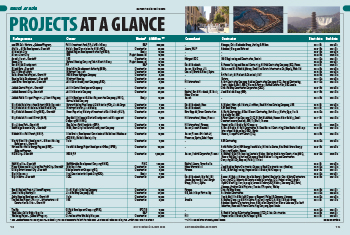
.jpg)



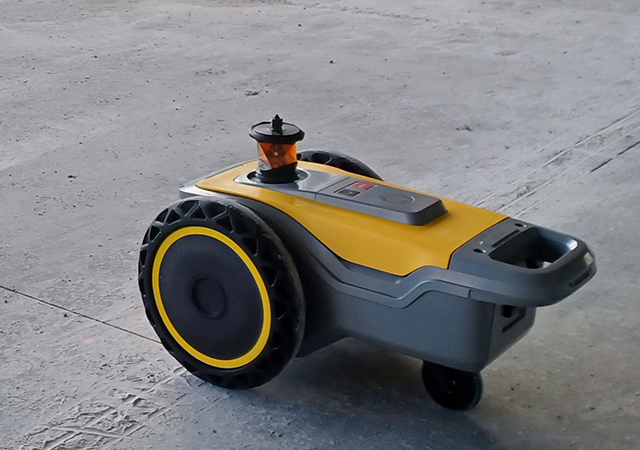






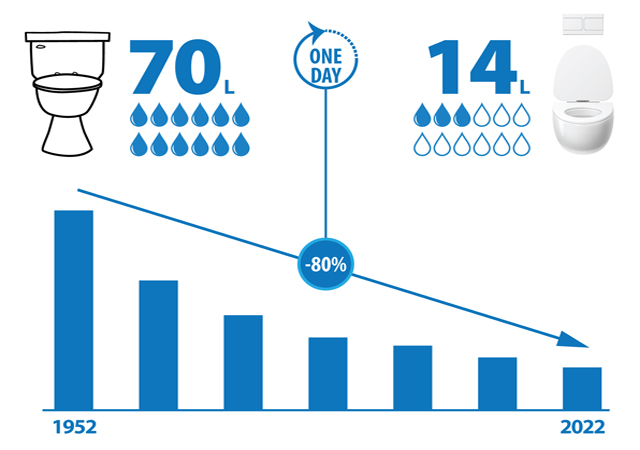







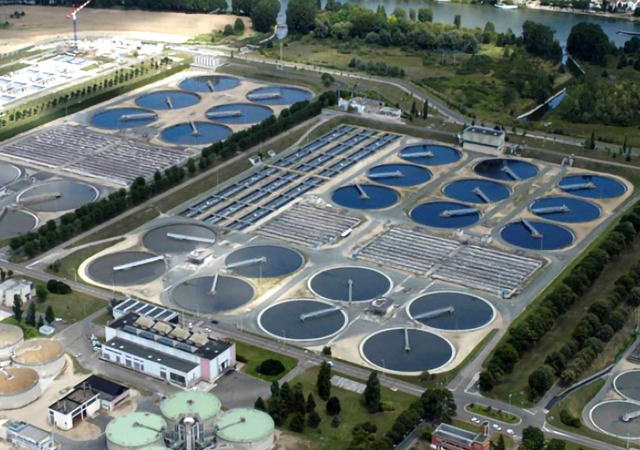




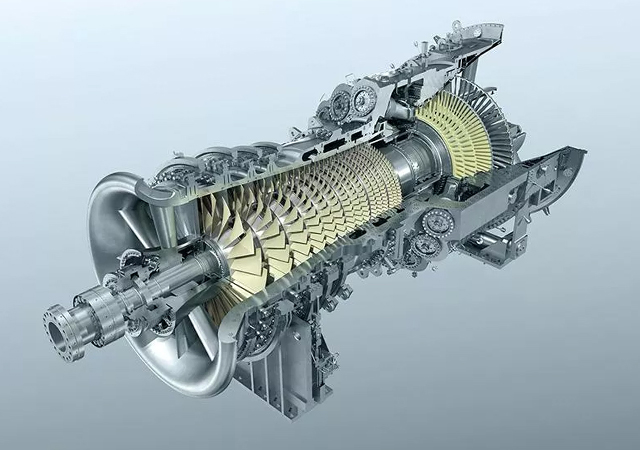

.jpg)
















